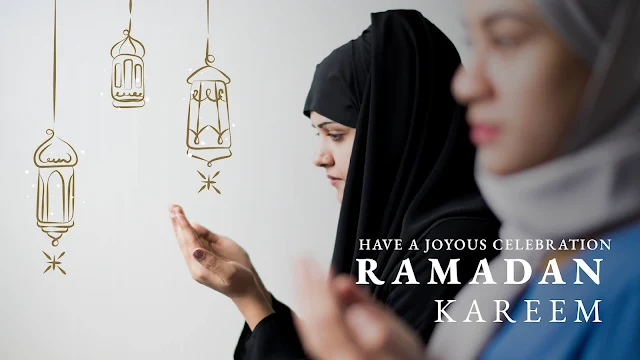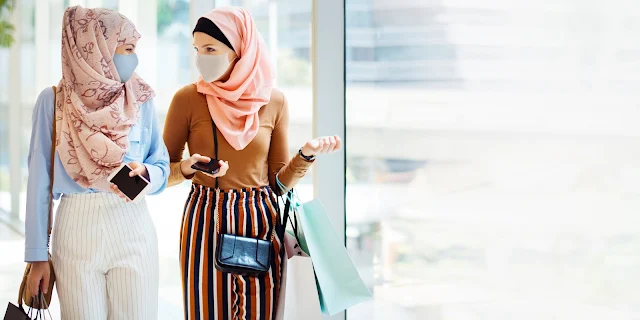Hijab, Khimar, Jilbab Factory Manufacturers in Vietnam made from the finest fabrics such as pure cotton and silk that provide a satiny smooth wearing
People also ask
- What is the difference between Khimar and hijab?
- Does Khimar mean hijab?
- What is Khimar in English?
- What is Shayla hijab?
Hijab, Khimar, Jilbab Fabric Color Chart
What is the difference between Hijab, Khimar, and Jilbab? Which ones are prescribed to be worn according to the Qur'an and Hadith?
Hijab means screen or barrier. It is not an item of clothing. Men are asked to put a screen between them and the women they interrogate who are the wives of other men (particularly the wives of the Prophet, peace be upon him, and the believers). When women cover themselves, they are screening themselves off from non Mahram men in public, but inside their houses, in the presence only of Mahram men or women, the external walls and door and curtains, shutters or blinds on the windows, are sufficient as a screen.
The jilbab is a long dress which covers a woman from the neckline to the ankle, with full or three-quarter sleeves. The sleeves should be somewhat baggy, concealing the shape of the arm. The body and skirt should not be cinched and closefitting, so as not to reveal the curves of the woman wearing it.
If it is an outer jilbab, it may be open down the front with means to fasten or pull it closed, It would also have a hood. It may, as it is over the clothes underneath (which would cover the lady to her ankles) have a hemline calf length, but more likely would be full length. This is the outer clothing the Quran commands a woman to pull close around them when they go out.
The khimar is a headscarf. In biblical times, the headscarf was tied around the hair and tucked around the hair at the back.
This way of wearing it leaves the ears and their ornaments and the neck clearly visible. The Quran orders those tucked ends to be untucked and pulled down over the ‘pocket’ of the breasts - which may mean the fold supporting the breasts like a bra, or the cleavage between them - and drawn together (edge to edge). Nowadays the khimar is sold with the two edges already sown together, leaving a hole for the face. The old, classical, square shape of the khimar (headscarf) is now lost as the cloth shape has been stretched so that it falls over the shoulders and covers much of the arms as well.
The Quran does not only command women to wear a jilbab and headscarf that covers their breasts as well as hair and neck, but also to “not reveal their adornment except was is naturally visible.” This means to hide the jewels they wear on their ears, neck, in pierced portions of the face, or on their hand or toes, and to refrain from wearing makeup or nail varnish in public. The naturally visible adornment would be the face and, perhaps, the full figure she is unable to hide. Furthermore, it instructs her not to draw attention to her limbs or feet by strutting (tapping their feet). Muslim women usually wear flat shoes in public and avoid high heels. They also refrain from jangling or flashing anklets in public. Lastly, or I should say, primarily, they are told to withdraw their gaze from non mahram men. That means refrain from glancing at them, or meeting their gaze or staring at them, even when they are not looking.
The instructions on how wear their clothing and all the ancillary advice is together a method of screening themselves from the approach of non-mahram men, and avoid intimacy with them. These things together is what is called (using) HIJAB (for women).
















































COMMENTS